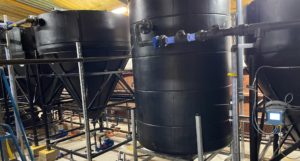Landmark campus celebrates 20 years of higher education in Cornwall
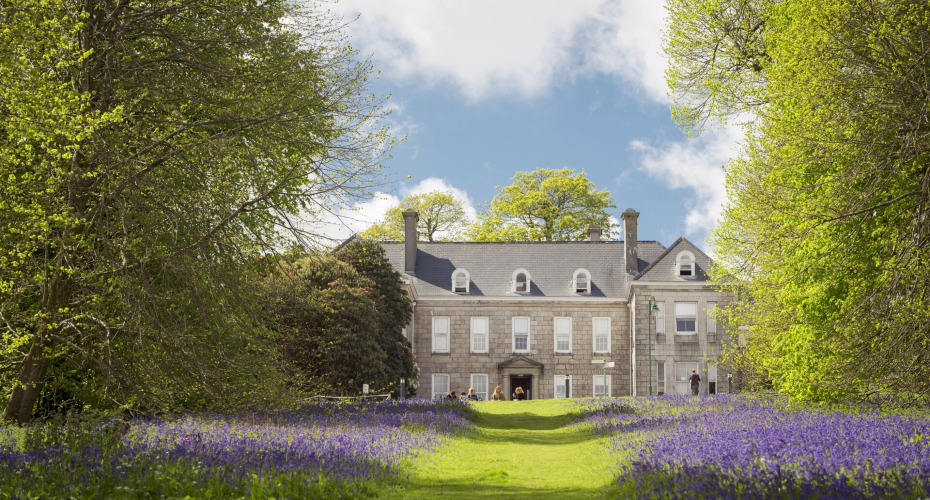
One of the most distinctive and beautiful campuses in UK higher education is celebrating its 20th anniversary this year.
The Penryn Campus, shared by the Universities of Exeter and Falmouth, opened with a mission to transform degree-level education in Cornwall, improve levels of social mobility among people of all ages, and reverse the exodus of talent leaving the peninsula.
Over the course of two decades, it has flourished, through new world-renowned research centres, cutting-edge teaching and research facilities, and an emerging civic, business and community engagement programme.
Today, the 100-acre site, famed for its sub-tropical flora and fruit-producing orchards, is home to around 6,000 students – 2,500 of which are registered at Exeter.
To mark the milestone, the University of Exeter will host a programme of events over the coming months, including a research showcase, public lectures, and opportunities for business and community to engage with staff and students.
“Our Penryn Campus has gone from strength-to-strength since its inception, and now leads the way in forging a greener, healthier, fairer future,” says Professor Lisa Roberts, President and Vice-Chancellor of the University of Exeter. “The research and education taking place here is putting our University and our region on the map as an international hub for sustainability and, coupled with the enormous potential of the county, places us at the forefront of the global efforts to tackle the climate emergency and ecological crisis.
“I would like to congratulate all colleagues for making our Cornwall campuses such an enormous success, and as we look to the future, I am full of optimism for what can be achieved in the next 20 years.”
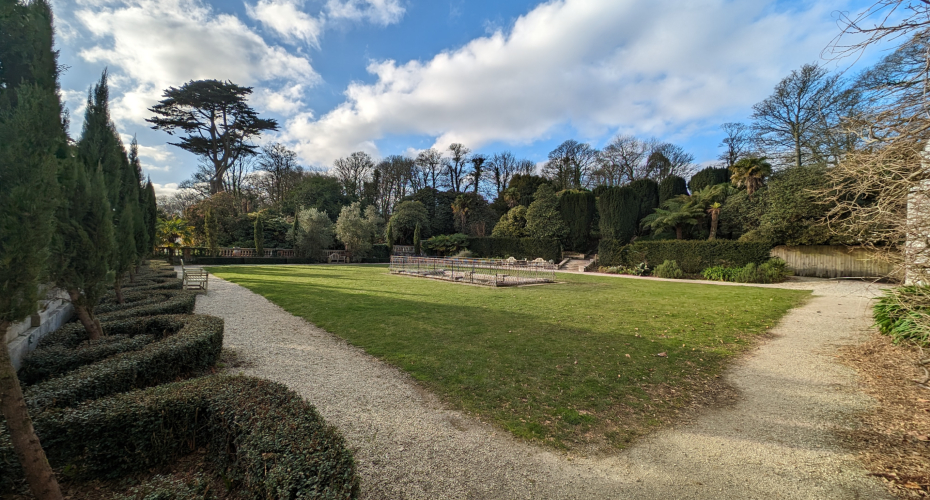
The Tremough site is understood to date back to 1309 when Nicolas de Tremoghe was recorded as being a chief parishioner in the ‘Chapelry of St. Laudius near Penren’. The name is probably derived from the Cornish word ‘Tre’, meaning ‘house’ and ‘moch’, meaning ‘pig’ – with it likely to have been used for pig farming.
The family lived on the site until the 1600s when it changed hands, becoming the property of a local merchant named John Worth. It was Worth who introduced the avenue of lime trees that remain to this day, as well as a deer park.
Tremough served as a ‘gentlemen’s academy’ in the 18th century, and became famed for its rhododendrons, originally cultivated from seeds from the Himalayas. In 1943, it was bought by an order of nuns who ran a convent school for the next 50 years, before finally it was purchased by the then Combined Universities in Cornwall group in 1994.
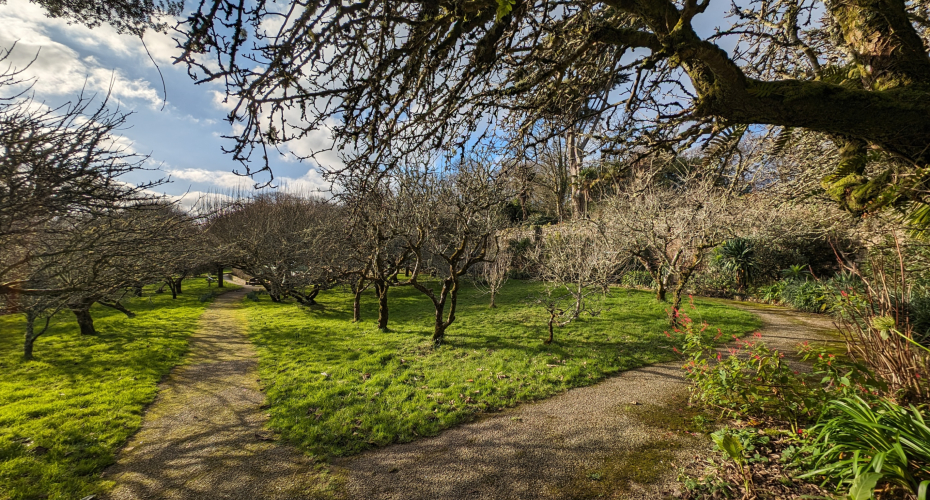
Professor Martin Siegert, Vice President and Deputy Vice-Chancellor University of Exeter, Cornwall said: “I am immensely proud of our shared successes, from the thousands of graduates who have enriched communities in Cornwall, across the UK and internationally, to our outstanding achievements in research.
“As a Civic University, our role in harnessing our excellence in teaching and research to deliver a positive impact for the people of Cornwall, and beyond, is more crucial than ever. Looking ahead to the next 20 years, I’m confident that our expertise in areas such as critical minerals, sustainable mining, offshore wind energy, ecology and conservation, Cornish culture, the environment and human health, and Space and data science, to name but a few, will help shape the development of Cornwall and enrich its communities.”
The development of the campus was funded by the Higher Education Funding Council for England, the former South West of England Regional Development Agency, and the European Union. When it opened, there were just 409 students from Exeter, studying Geography, History, English, Mining, Geology, Biosciences and Cornish Studies in the Daphne Du Maurier Building. Two years later, a visit from the late Queen Elizabeth II and husband the Duke of Edinburgh marked the opening of the Learning Resources Centre, the first of several facilities developed during ‘Phase 1’ of the programme.
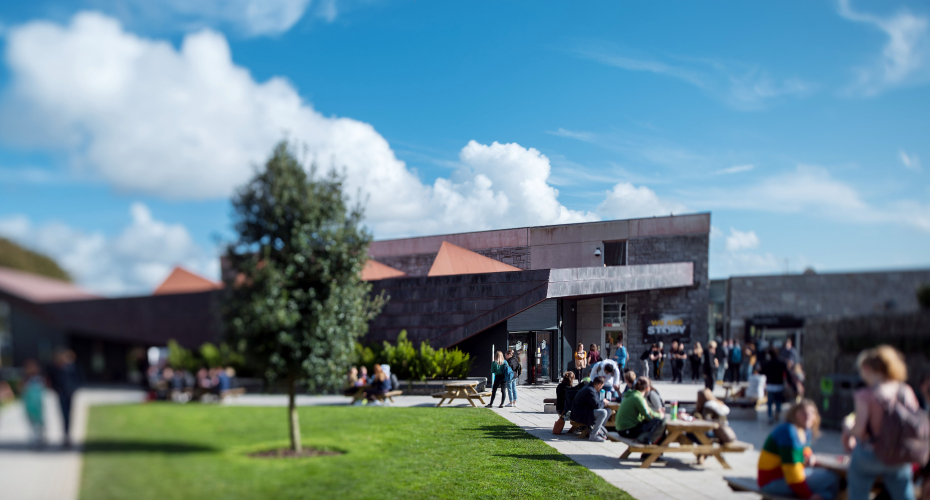
Other milestones have included the launch of the £30m Environment and Sustainability Institute (ESI) in 2013; the establishment of the £5m Science and Engineering Research Support Facility (SERSF) and £12m Stella Turk building; the creation of a dedicated Renewable Energy Engineering Facility; and £4m invested in sports and nursery facilities. Last year also brought the relocation of the European Centre for Environment and Human Health from the Knowledge Spa in Truro, which also enabled the University to expand its Truro teaching facilities for students at the University of Exeter Medical School.
As the campus has expanded, so its impact upon the Cornish economy has similarly grown. An independent economic impact report focusing on 2020/21 found that for the University of Exeter alone, its Cornwall operations contribute £73.5m Gross Value Added to the Duchy’s Gross Domestic Product, including £26m from student expenditure. The University also supported 1,900 jobs through its direct and indirect activities.
To find out more about the last 20 years of the University of Exeter, Cornwall, visit the 20th Anniversary webpage.


